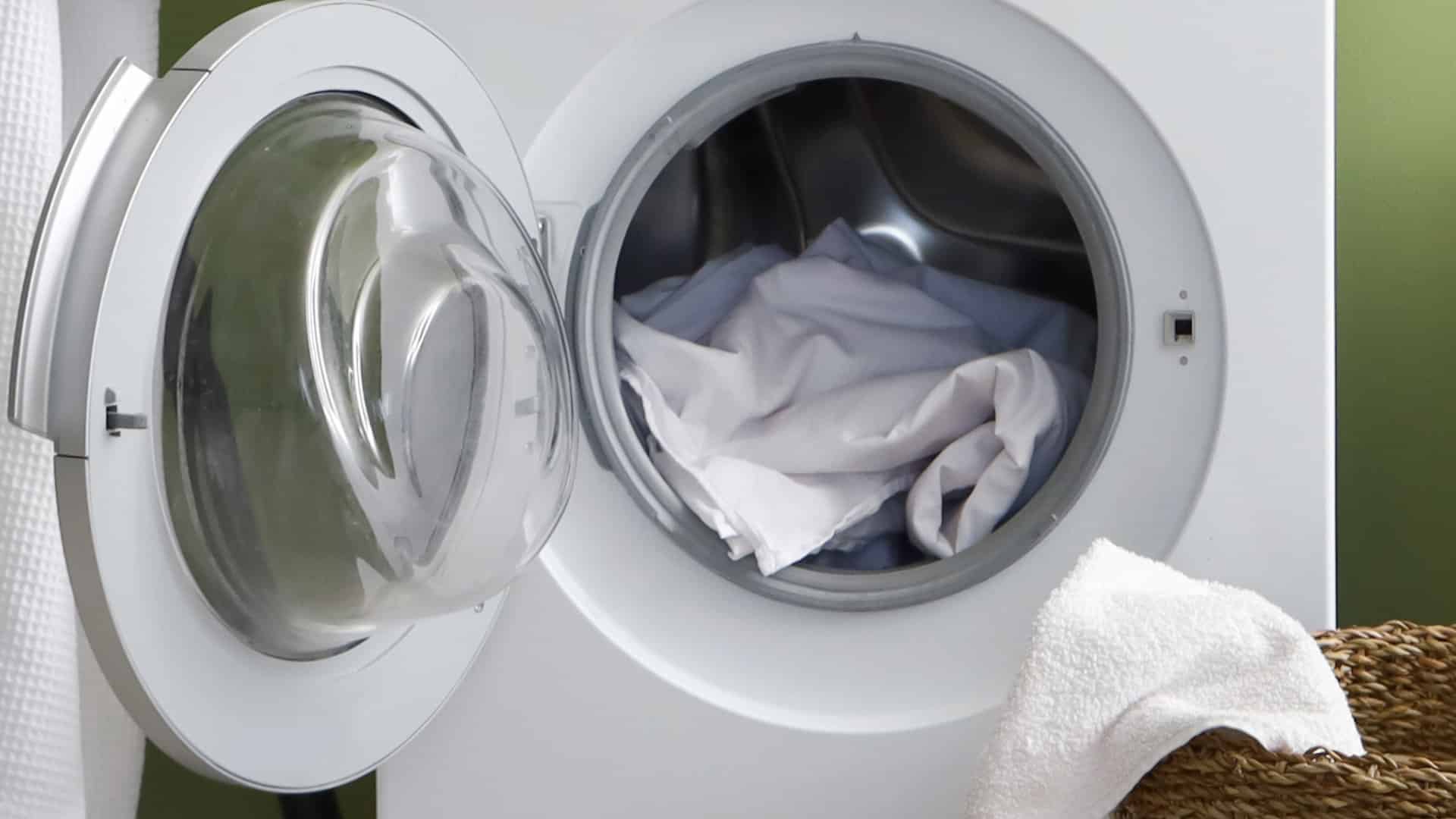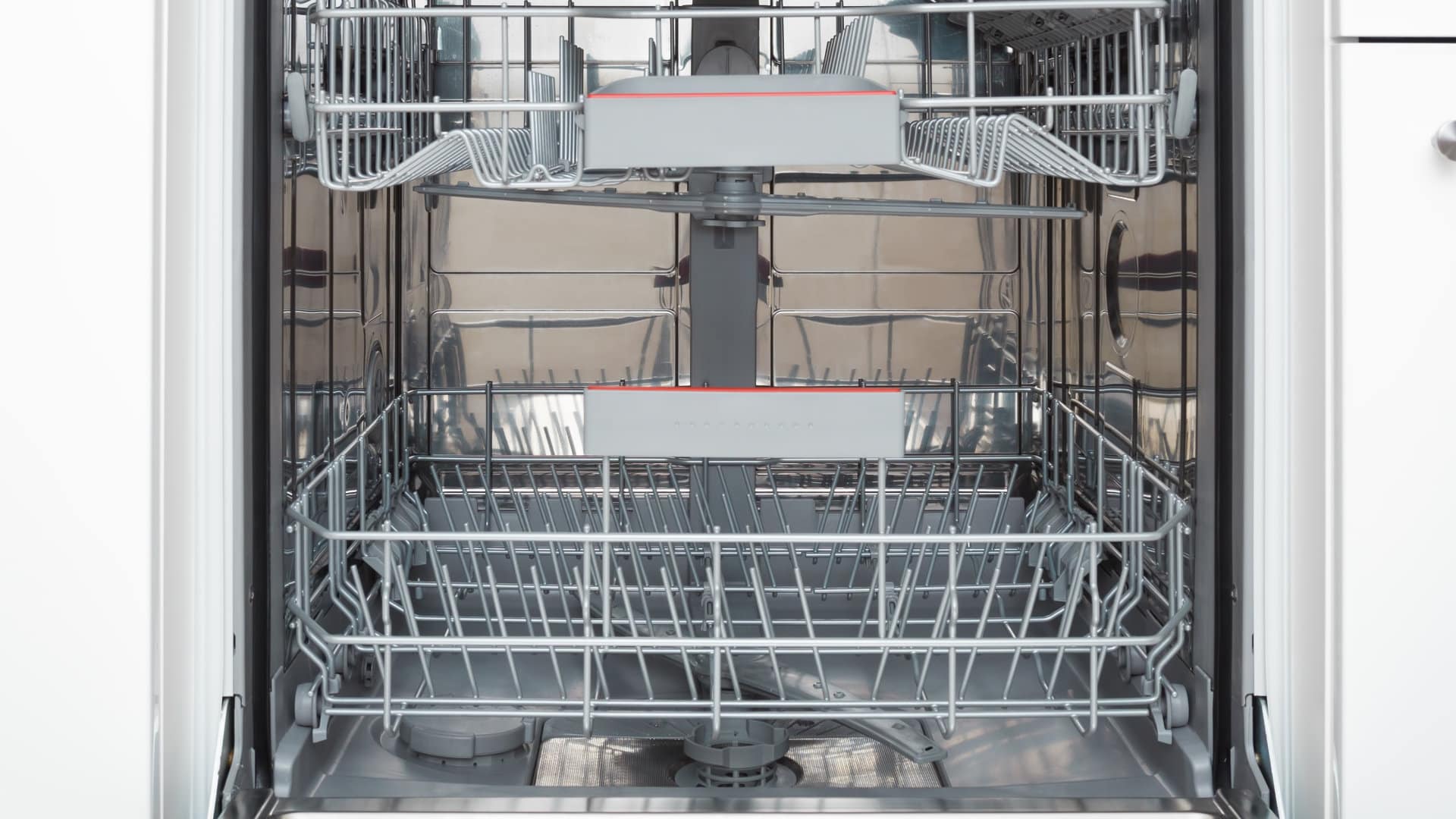Front-loading washing machines are often touted as being energy/water-efficient, saving consumers hundreds of dollars over the course of its lifespan when compared to top-loaders. According to some reports, front-loaders use between 20-60% of the water, energy and detergent as top-loaders. However, one of the most commonly reported complains of these “High Efficiency” models is their susceptibility to developing mold and mildew around the rubber door seal.
Why Front-Loaders Are Susceptible To Mold and Mildew
If you own a front-loading washing machine, you may notice a foul odor originating from inside the unit. Some people assume foul washing machine odors are caused from bacteria buried deep inside the drum, but most of the time it’s caused by the presence of mold or mildew on the rubber door seal. Front-loading washing machines are notorious for this problem due to their design.
Unlike their top-loading counterpart, the door on a front-loader is exposed to water and detergent each time the unit is turned on. Granted, most of the liquid either drains or evaporates away, but some will linger behind on or around the rubber seal. This dark, moist area creates the perfect breeding grounds for mild and mildew, causing those unpleasant foul odors.
How To Clean The Rubber Door Seal
Whether you are currently experiencing foul odors from your front-loading washing machine, or if you simply want to give it a clean look, you should focus on the rubber seal. Depending on the particular model, this seal can either be found around the drum (ring-shaped), or on the inside of the door. Open the door to your washing machine and find the rubber seal.
Once you’ve located the seal, spray a solution of half apple cider vinegar and half water directly on it. Let the solution sit for 2-3 minutes, at which point you can scrub it off with a washcloth or dish scrub brush. Some people prefer chlorine bleach, but I’ve found apple cider vinegar to be just as effective, and it doesn’t leave harsh fumes in your laundry room.
The key thing to remember is that most rubber washing machine seals have multiple flaps in which detergent gets stuck. Peel the layers of your unit’s seals back to reveal these hidden areas, using extra effort to clean them. When you are finished cleaning the rubber seal, leave the door open for an hour or two so any remaining liquid will dry out.

Whirlpool Washer Error Codes Explained

How to Wash a Hat in the Dishwasher (In 5 Steps)

How to Fix the nF Error Code on a Samsung Washer

Kenmore Elite Dryer Issues: How To Troubleshoot

Microwave vs. Oven: Pros and Cons and How They Differ

Self-Cleaning Oven Smell: Causes & Odor Reduction Tips

Frigidaire Ice Maker Not Working? 7 Ways to Fix It

Why Is Your LG Refrigerator Not Cooling? (9 Common Reasons)

GE Oven F2 Error: Causes & Solutions







